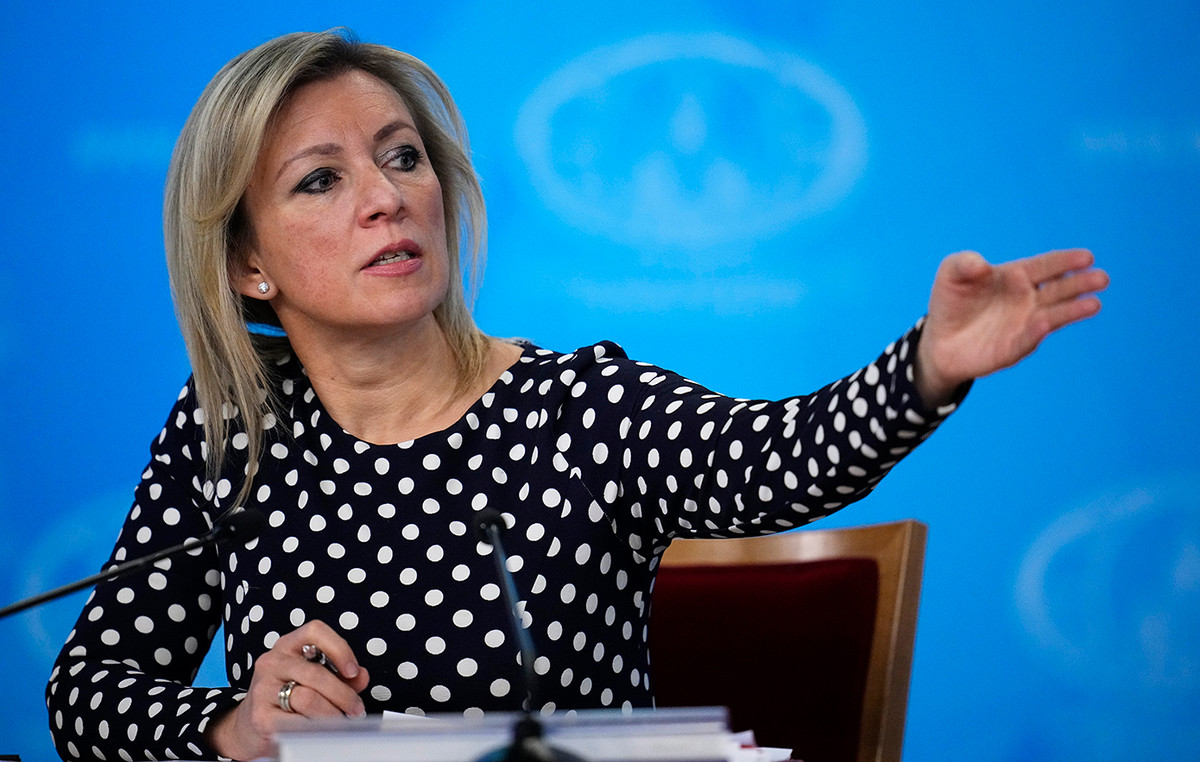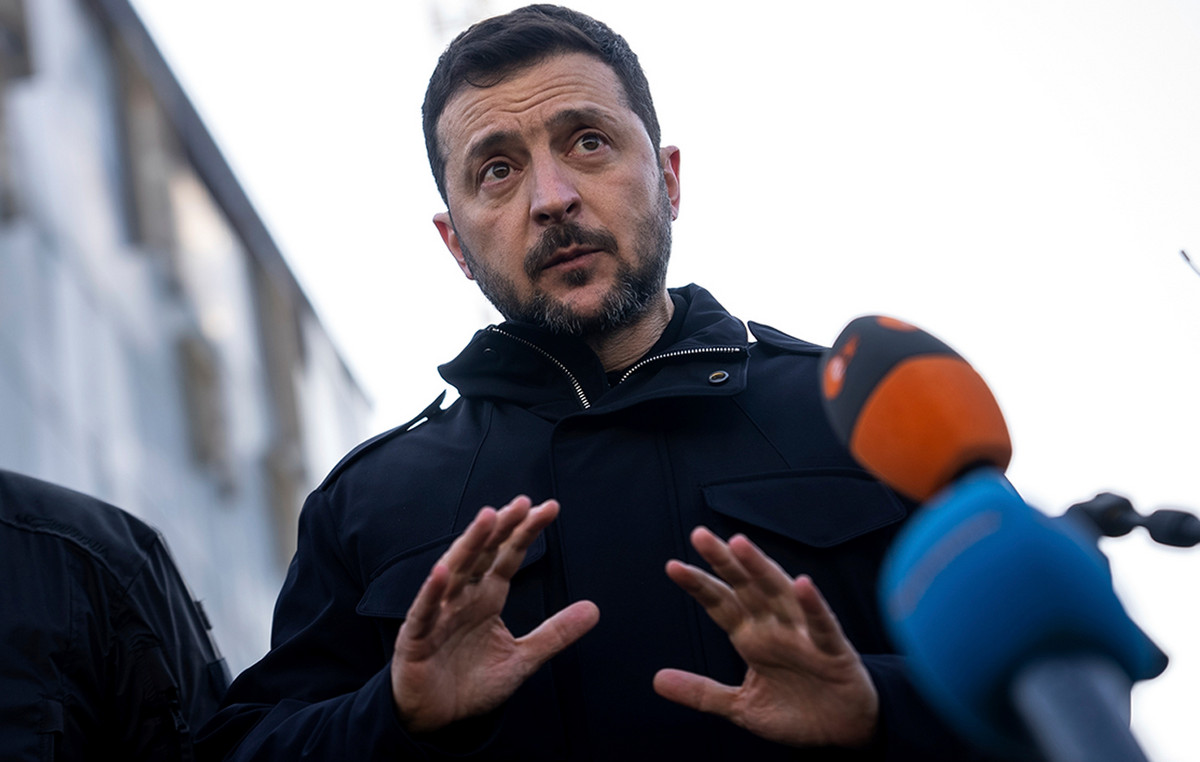It took six maritime drones, powered by jet skis, to take down a Russian ship with guided missiles last week, according to a rare interview with the Ukrainian secret unit behind the attack.
At the time, Ukraine's defense intelligence said the small Russian warship, the Ivanovets, suffered several hits to its hull before being sunk by drones in a cove on the Russian-occupied Crimean Peninsula.
One of the drone pilots behind the attack told CNN that ten “MAGURA” drones were used in the attack, six of which struck and ultimately sank the Russian warship – the latest embarrassing loss for the Russian Black Sea Fleet.
The “MAGURA” drones are just a few meters long and powered by jet skis, the pilot said, but they have a great range of about 800 kilometers, giving the unit freedom to launch drones over large swaths of Ukraine's coastline for counter missions. targets in Crimea.
The pilot, identified with the signal “13”, is a member of a special unit of Ukraine's defense intelligence agency, which has been linked to a series of attacks in Crimea and Russia itself, often using drones to attack far beyond. the range of conventional weapons in Ukraine's arsenal.
Nighttime footage released by the Ukrainians shows Russians firing at the drones as they race towards Ivanovets, before being hit in the side by at least two drones, causing massive explosions.
The footage includes a stunning shot of what appears to be the bow of the Ivanovets sticking out of the water as it sinks into Lake Donuzlav.
A CNN was unable to independently verify Ukraine's claim and which ship was hit and when the attack occurred. There has been no official comment from Russia on Ukraine's claims.
Calls for more drones
Kiev is increasingly turning to drones to level the playing field with Russia, with a series of drone strikes hitting strategic targets in Russia in recent weeks.
Moscow's oil and gas infrastructure has come under threat, with a drone attack on a Russian oil terminal about 100 kilometers west of St. Petersburg.
The Russians “started waking up at night during the explosions,” Ukraine’s defense intelligence chief Kyrylo Budanov told CNN at the end of January. “They see the real picture of war.”

Also on the battlefield, Ukraine's top general called for the more widespread use of drones, both to save the lives of Ukrainian troops and to nullify Russia's material advantage in weapons and ammunition.
“It is these unmanned systems – like drones – along with other types of advanced weapons, that provide the best way for Ukraine to avoid being drawn into a positional war, where we have no advantage,” said Commander of the Armed Forces of Ukraine, Valerii Zaluzhnyi, in an article he wrote for CNN last week.
“In short, this means nothing less than a wholesale rethinking of battlefield operations – and the abandonment of outdated and formulaic thinking,” he added.
Since Russia's seizure of Crimea in 2014 – and following further losses following Russia's invasion in 2022 – Ukraine no longer has a functioning navy in the Black Sea. But the sinking of the Ivanovets is yet another victory in Ukraine's campaign against the Russian Black Sea Fleet.
The most notable of its attacks was the attack on Moskva in April 2022, which forced Russia to change the way it operates near areas controlled by Ukraine.
Jeweler work
The impact of drones is impressive, but it is delicate work, said the pilot.
“The main thing is to feel the drone,” he told CNN . “If you tighten it a little, you can lose control of the drone. I would say it’s like a jeweler’s work.”
Controlled remotely via a Starlink connection, the drones can also be pre-programmed for long journeys across the Black Sea.
A pilot constantly monitors the drone's passage, he said, and the final attack on targets is often controlled manually.
The drone's 250kg payload can be increased to 300kg, he added, “but there is no need to do so.” Even against some of the toughest ships in the Russian Black Sea fleet, drones have proven their effectiveness.

Almost six meters long, the drones stand out of the water. But once afloat, they become a difficult target for Russian defense.
“They are quite difficult to see, especially in the open sea. This size makes it difficult to control because the sea is rough, but it also makes it much more difficult for the enemy to target us,” he said.
The weaponry aboard Russian warships was not designed with drones in mind, forcing targets like the IVAN to use cannons more suited to dogfights with other ships, the pilot said.
Video of the attack shows gunshots hitting the water as the drones target the Ivanovets. The ammunition is unable to stop the incoming bombs.
In a drone demonstration in the Black Sea, the CNN saw a drone – identical to those used against the Ivanovets – make sharp turns at speed on autopilot. It is planned to be agile, the pilot said.
“No warship can be as maneuverable as these drones,” he added.
Source: CNN Brasil
Bruce Belcher is a seasoned author with over 5 years of experience in world news. He writes for online news websites and provides in-depth analysis on the world stock market. Bruce is known for his insightful perspectives and commitment to keeping the public informed.







